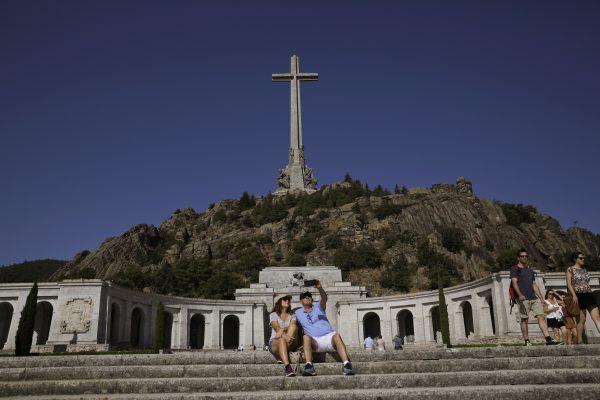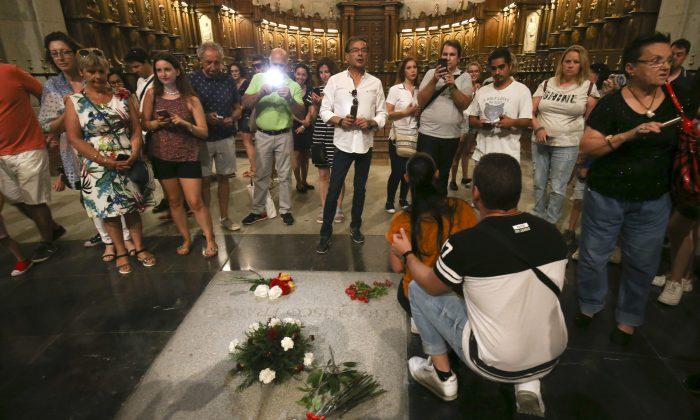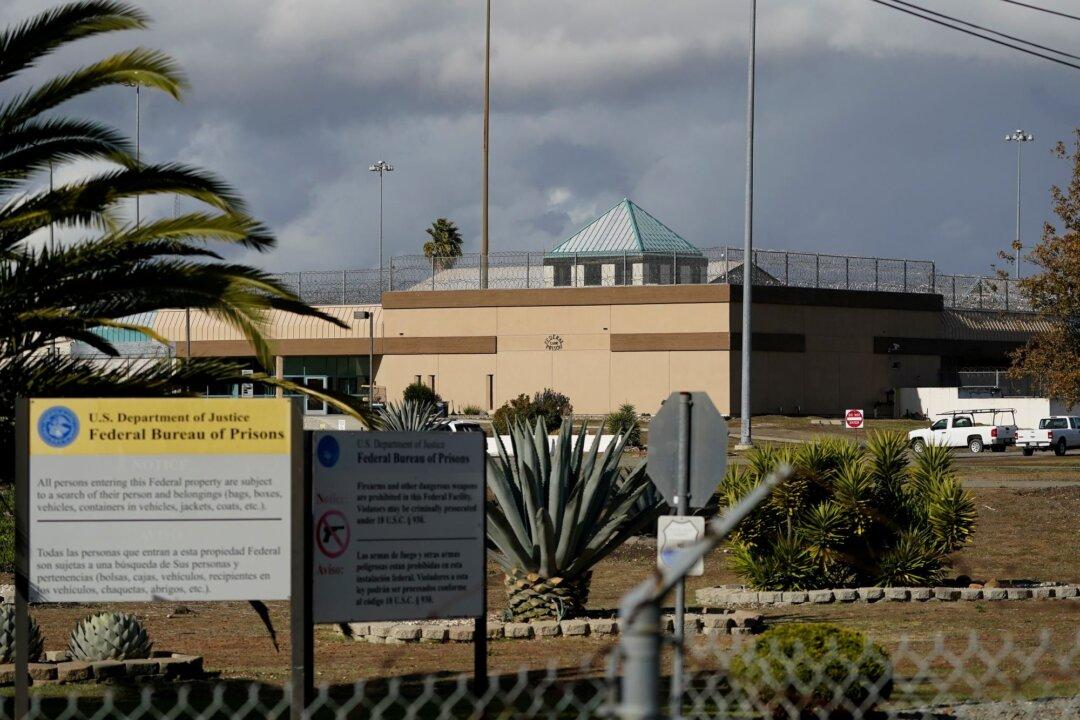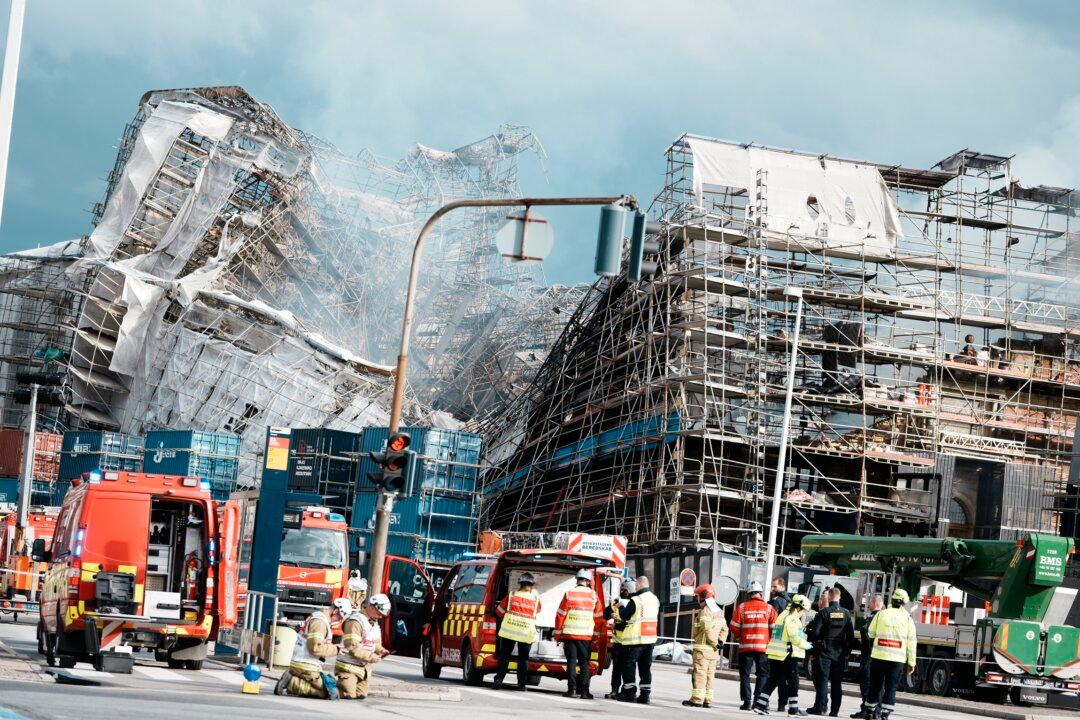MADRID—Spain’s center-left government approved legal amendments Aug. 24 to make sure that the remains of former dictator Gen. Francisco Franco will be dug up and removed from a controversial national mausoleum honoring the nation’s civil war dead.
The minority Socialist government is certain that parliament will endorse the amendments, probably in a debate next month, deputy prime minister Carmen Calvo told reporters.
The amendments to Spain’s Historical Memory Law of 2007 grant the government the power to exhume Franco’s body. That change aims to thwart legal efforts by Franco’s descendants and supporters to block the exhumation in the courts.
Removing Franco’s remains from the Valley of the Fallen, a mausoleum he ordered built 50 kilometers (30 miles) northwest of Madrid, would be a momentous event in Spain, which still bears social and political scars from the country’s 1936-39 civil war.
The vast Valley of the Fallen complex is most conspicuous public legacy of Franco’s rule, built by the dictator as a tribute to those killed in the war in which he deposed Spain’s democratic government.
Some 34,000 people from both sides of the fighting are buried at the site, most of them never identified.
“Having Franco’s tomb (at the complex) shows a lack of respect ... for the victims buried there,” Calvo said. She noted that a visiting U.N. delegation said four years ago that “democracy is incompatible with a tomb that honors the memory of Franco.”
In addition to exhuming Franco, the government also plans to unearth and identify the 114,000-or-so victims of the civil war and the four decades of dictatorship that followed under Franco, who died in 1975.

Spain’s Memory Law, which outlawed public events supporting the Franco regime, fell short of addressing the broad demands of civil war survivors and victims’ relatives for exhumations and reparations.
Franco’s descendants will be consulted and will have 15 days to say where they would like the remains to go after exhumation. If they do not reply, the government will choose a “dignified place,” Calvo said.
Francisco Martinez-Bordiu, a grandson of Franco, described the government’s exhumation plans as “barbaric,” telling Antena 3 on Friday that descendants would assess their legal options for halting it.
An exhumation of Franco’s embalmed body—possibly as early as October—would cement the government’s reformist, liberal credentials after taking power last June.
Removing Franco from the mausoleum, which is owned and operated by the cultural heritage agency, a public-funded body, has long been discussed in Spain. Calvo said the government is fast-tracking the exhumation because it wants to “end a state of affairs which cannot go on any longer.”
At next Friday’s Cabinet meeting on Aug. 31, the procedures for the exhumation will be set out, she said.
The Valley of the Fallen complex includes a mausoleum and basilica in a neoclassic style and is a popular pilgrimage site for people nostalgic for the dictatorship. It has a 150-meter (500-foot)-tall cross that can be seen from far and wide.
Franco is in a tomb in the basilica’s central nave beneath a massive tombstone.






Friends Read Free